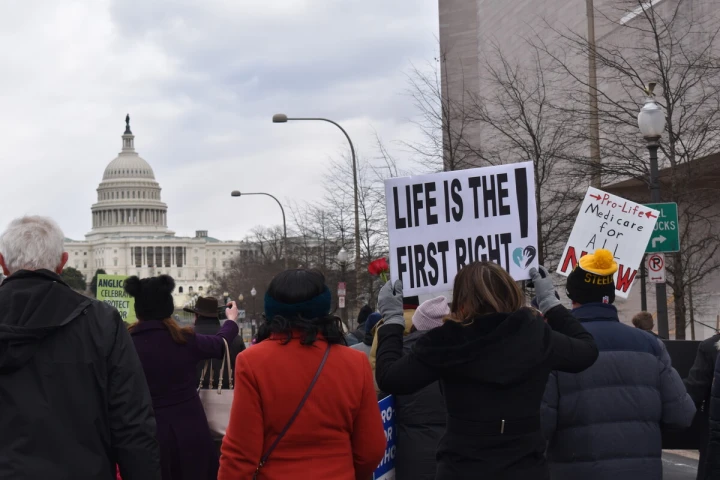Oct 12, 2021
The Supreme Court, in the Dobbs v Jackson case, will soon decide whether or not to reverse Roe v Wade, the case that declared that a woman has a Constitutional right to abortion. Roe argued that such a right is implicit in the Constitution. But nowhere in the Constitution is abortion mentioned, nor is it peripheral to any other right specifically enumerated. Moreover, even if (contrary to fact) the Constitution did imply there was such a right, the State would have a compelling interest to restrict that right (that is, have laws against abortion) to protect human life. The State may—indeed, must—restrict other liberties to protect fundamental rights, including the right to life.
In addition to misinterpreting the Constitution, Roe v Wade is massively and egregiously unjust. Pre-Civil War apologists of slavery—including the Supreme Court in the infamous Dred Scott v Sandford case—denied the equal dignity of a whole class of human beings, arguing that Black human beings were non-persons. In much the same way, Roe v Wade relegated a whole class of human beings—unborn human beings—to the status of sub-personal objects, objects that can now legally be ripped to shreds and tossed into a trash can. But just as it is unjust to deny the equal protection of the law to a class of human beings on the basis of the color of their skin, so it is unjust to deny such protection to a class of human beings because of their size or degree of development.
Every human being, in virtue of his or her humanity, has an equal and inherent fundamental dignity and basic rights—including a right to life and to equal protection of the law. You and I have intrinsic personal dignity and deserve the law’s equal protection, not in virtue of any incidental characteristic, such as color, size, or age, but in virtue of what we are, human beings.
And biology—not religious belief—has made it clear since the last half of the 19th century that human embryos and fetuses are human beings, that the human being comes to be at conception. And it has further confirmed that truth since that time. At fertilization, a male sex cell unites with a female sex cell and forms a new and distinct organism that then begins to actively develop itself in its own distinct direction—which shows that it is not a part of the mother or (obviously) of the father. And from fertilization on, this new organism has all the internal resources needed to actively develop himself or herself to the mature stage of a human being—which shows that it already is a human being, only at an early stage of his or her development.


